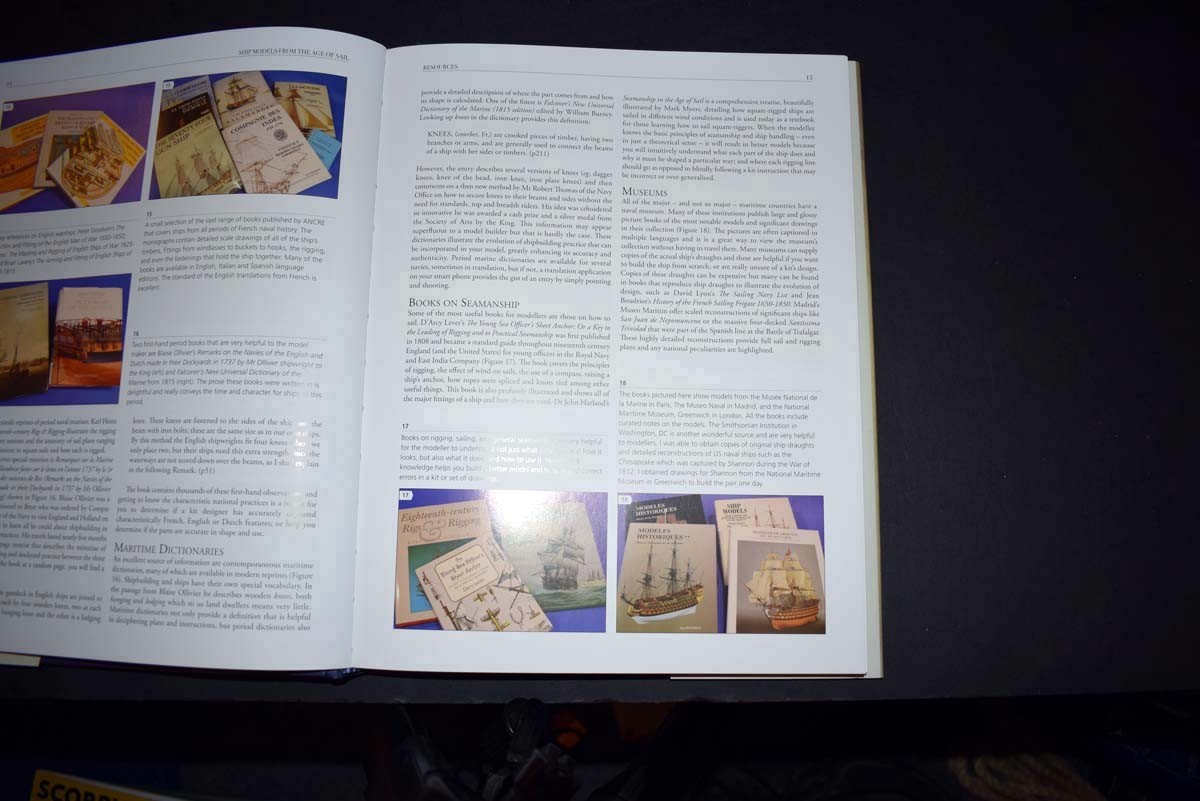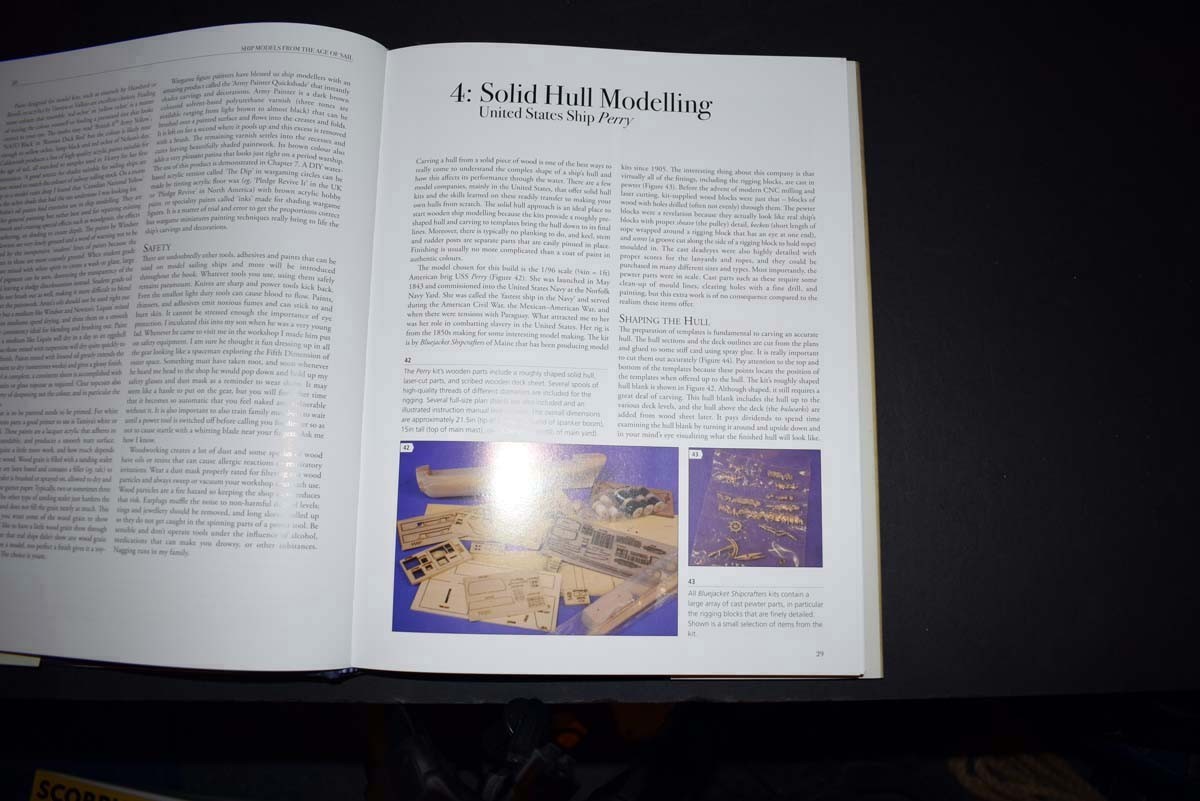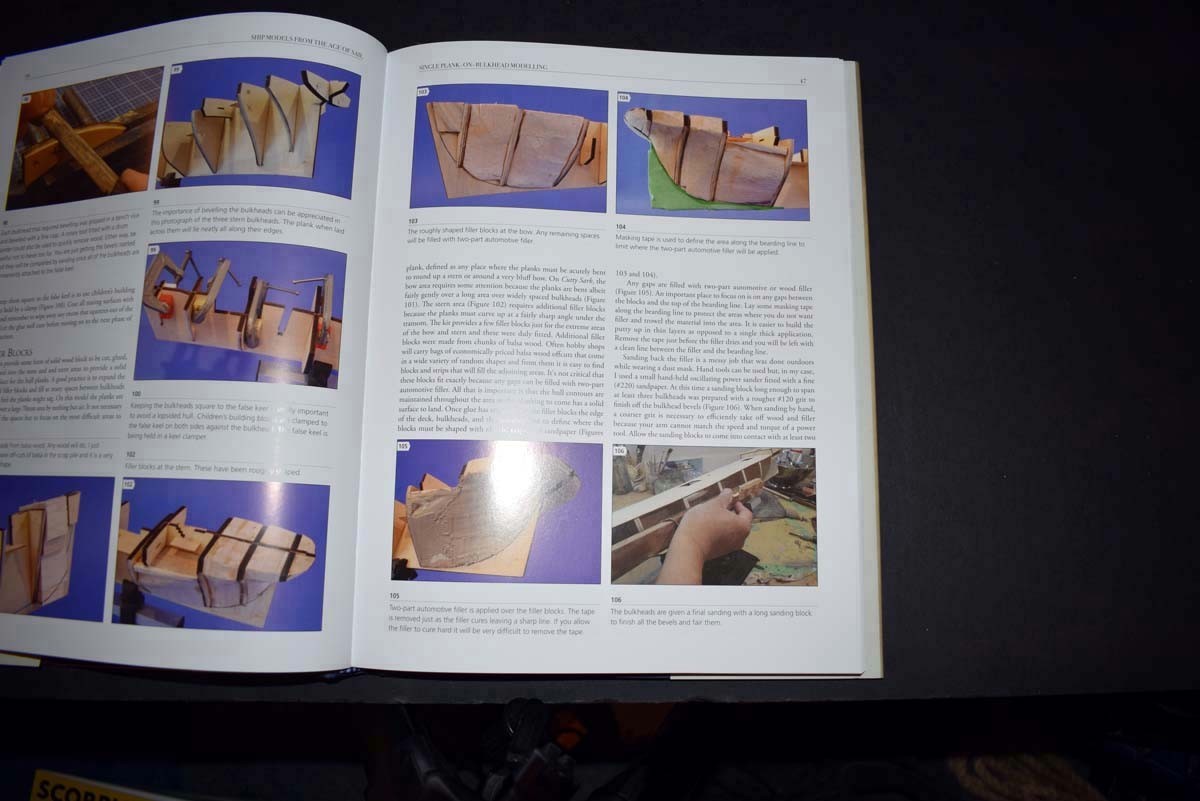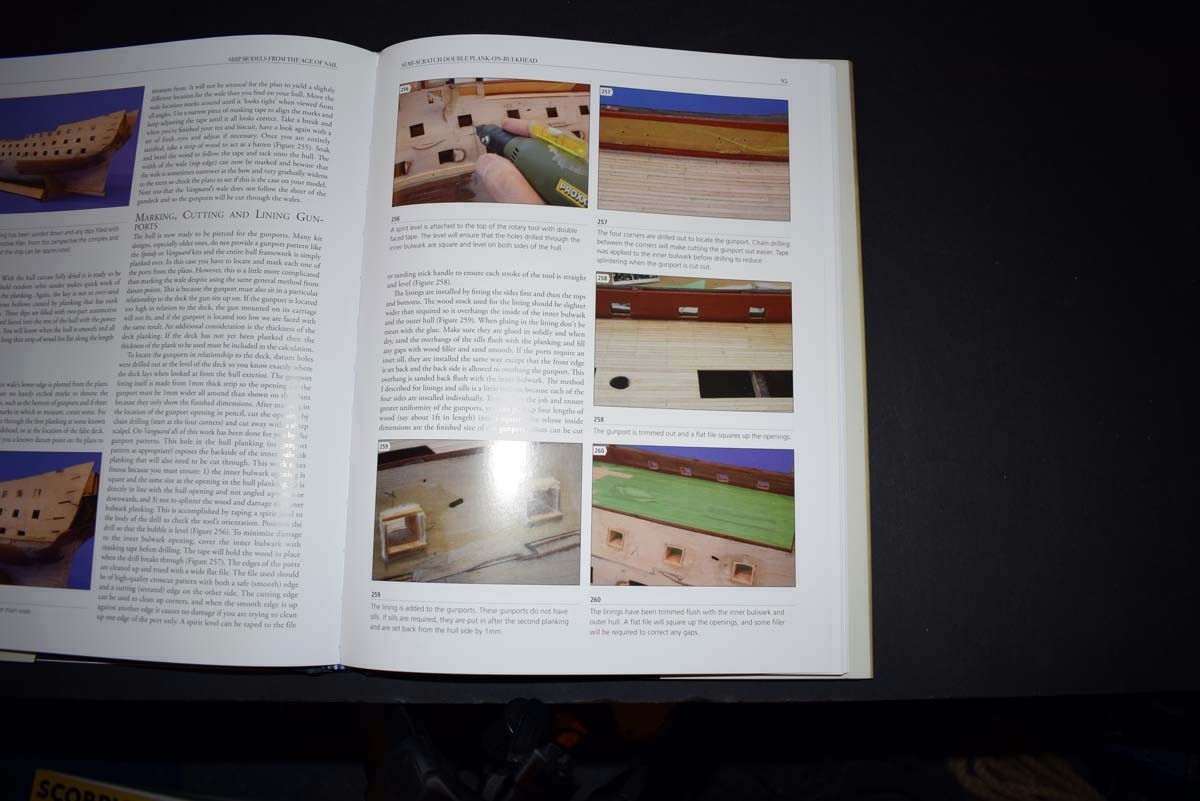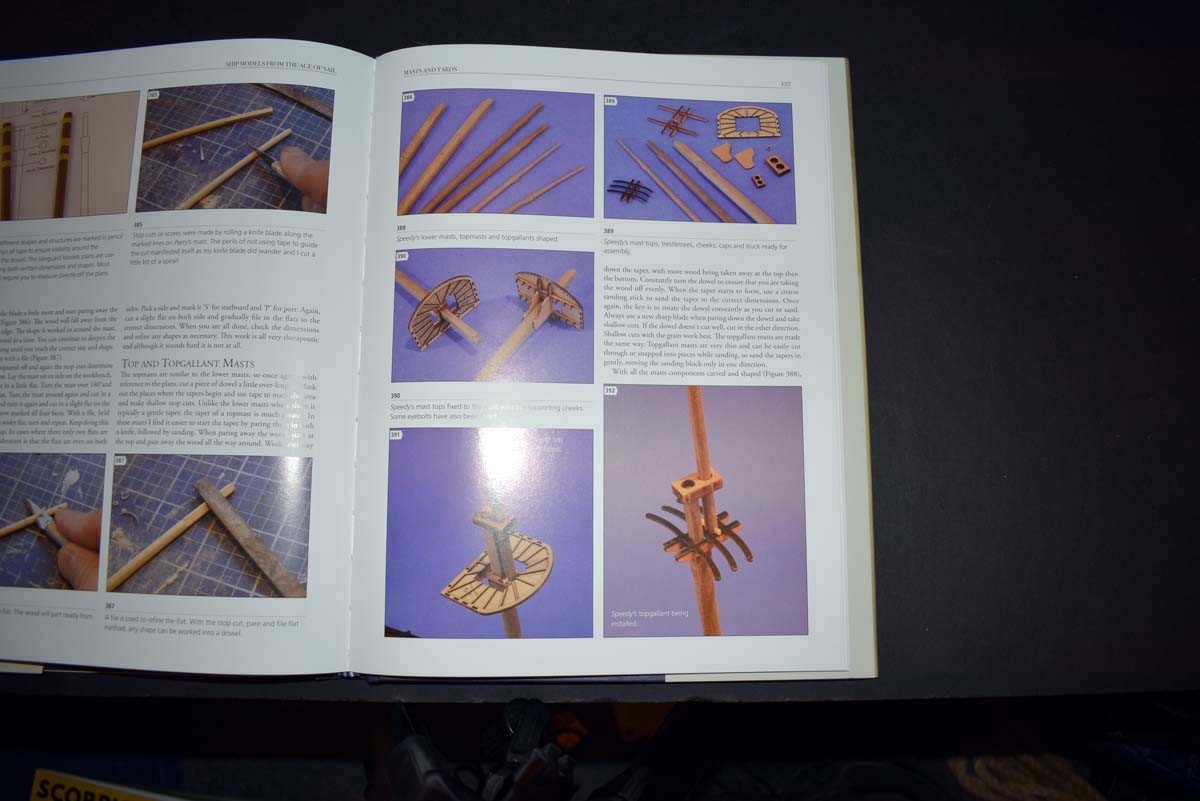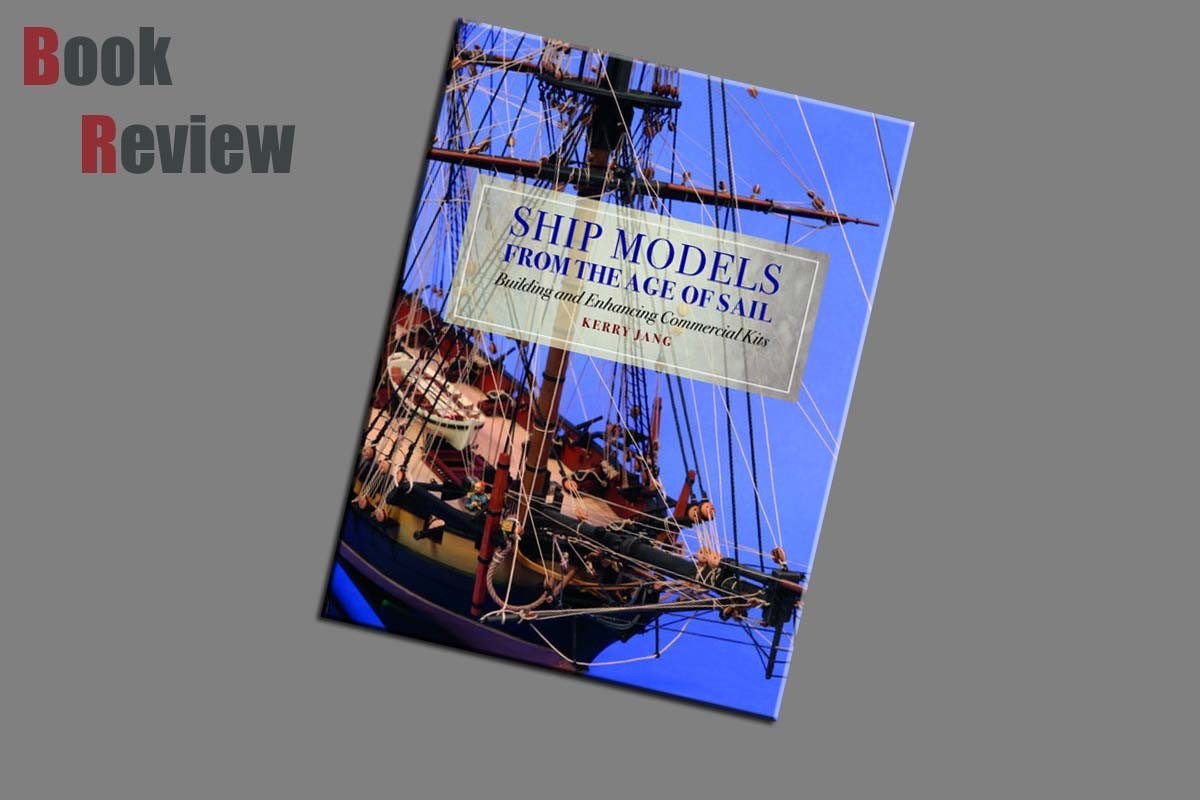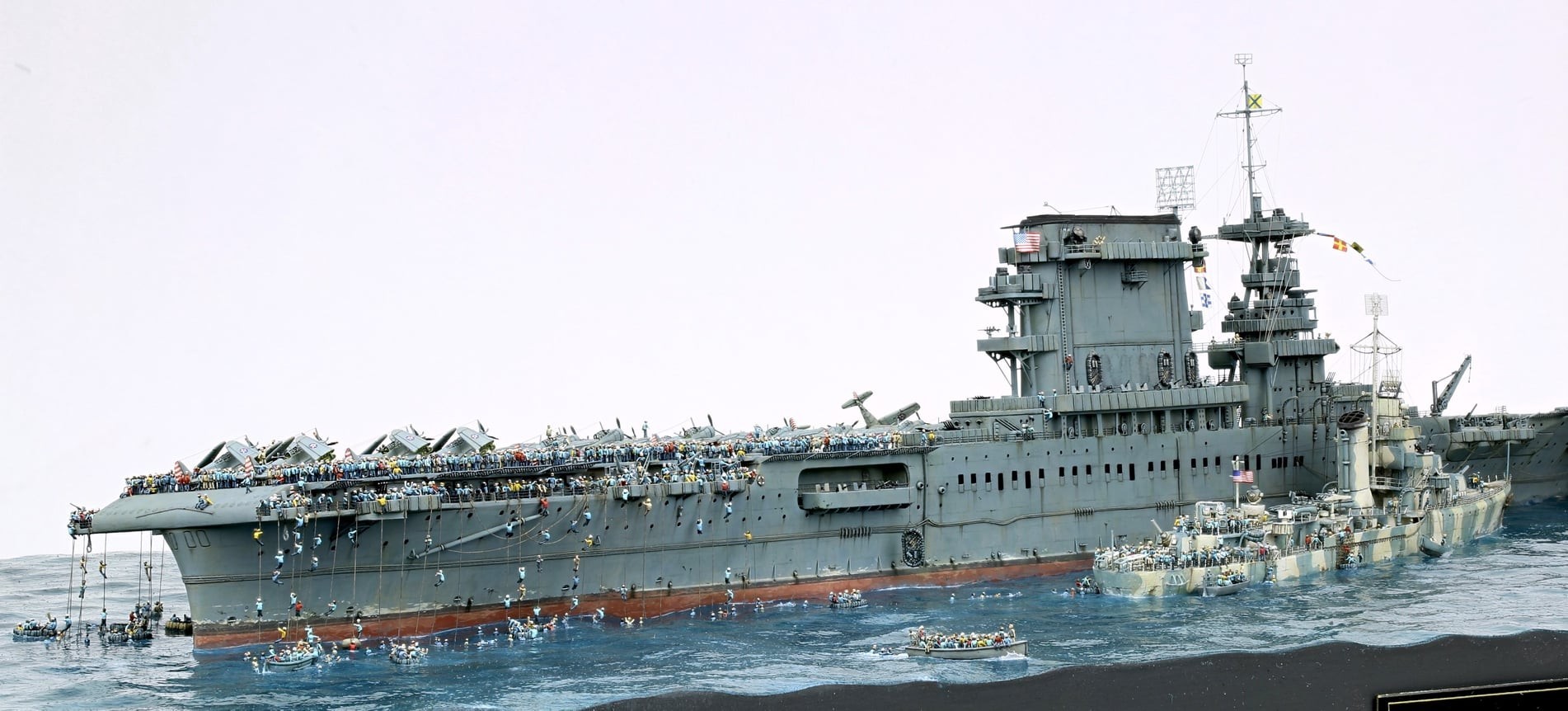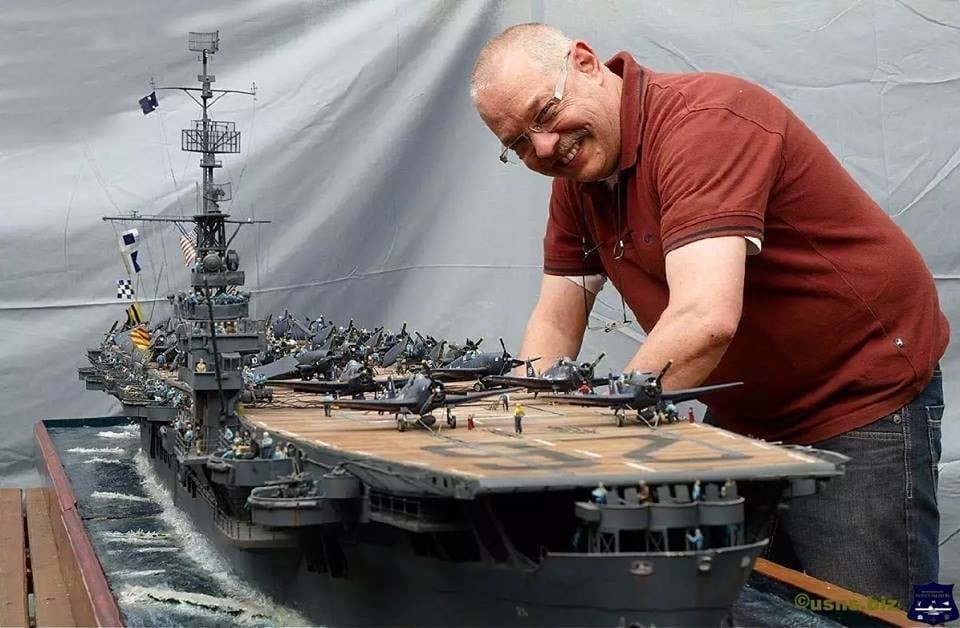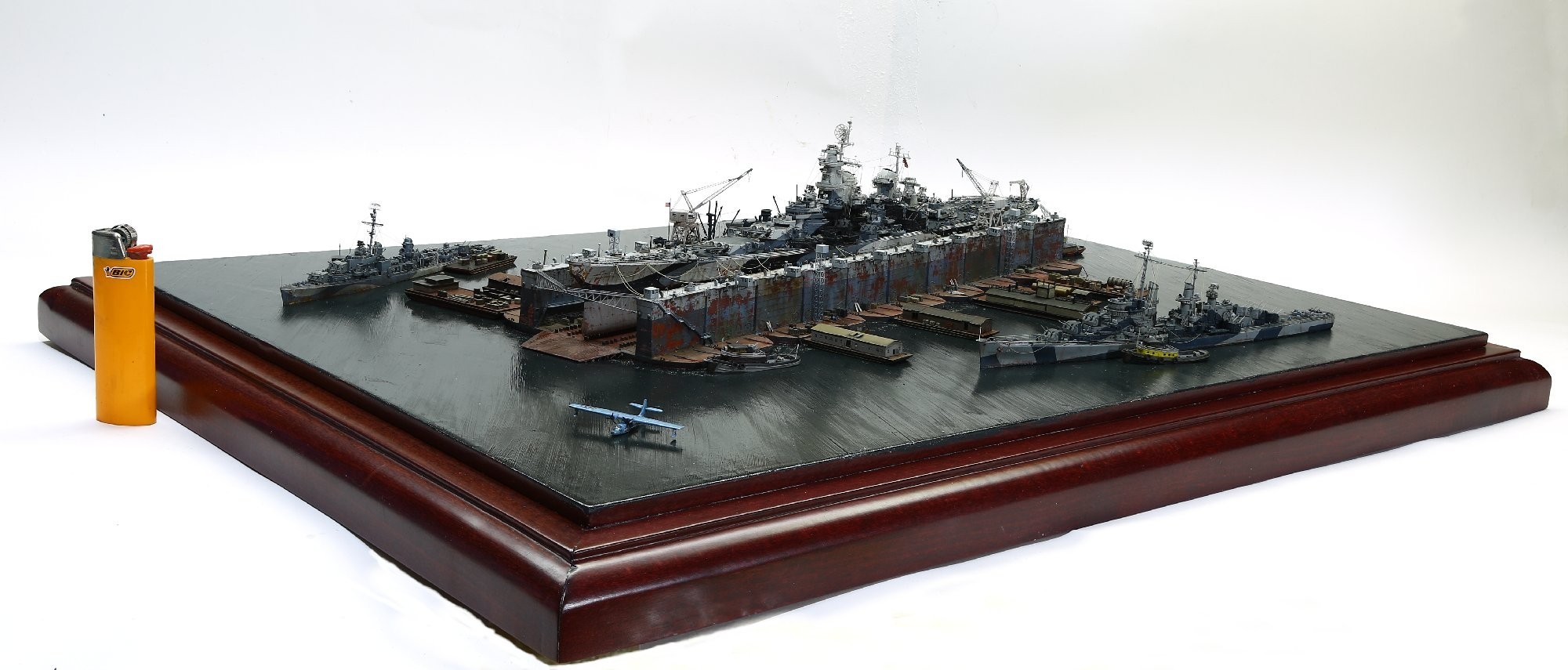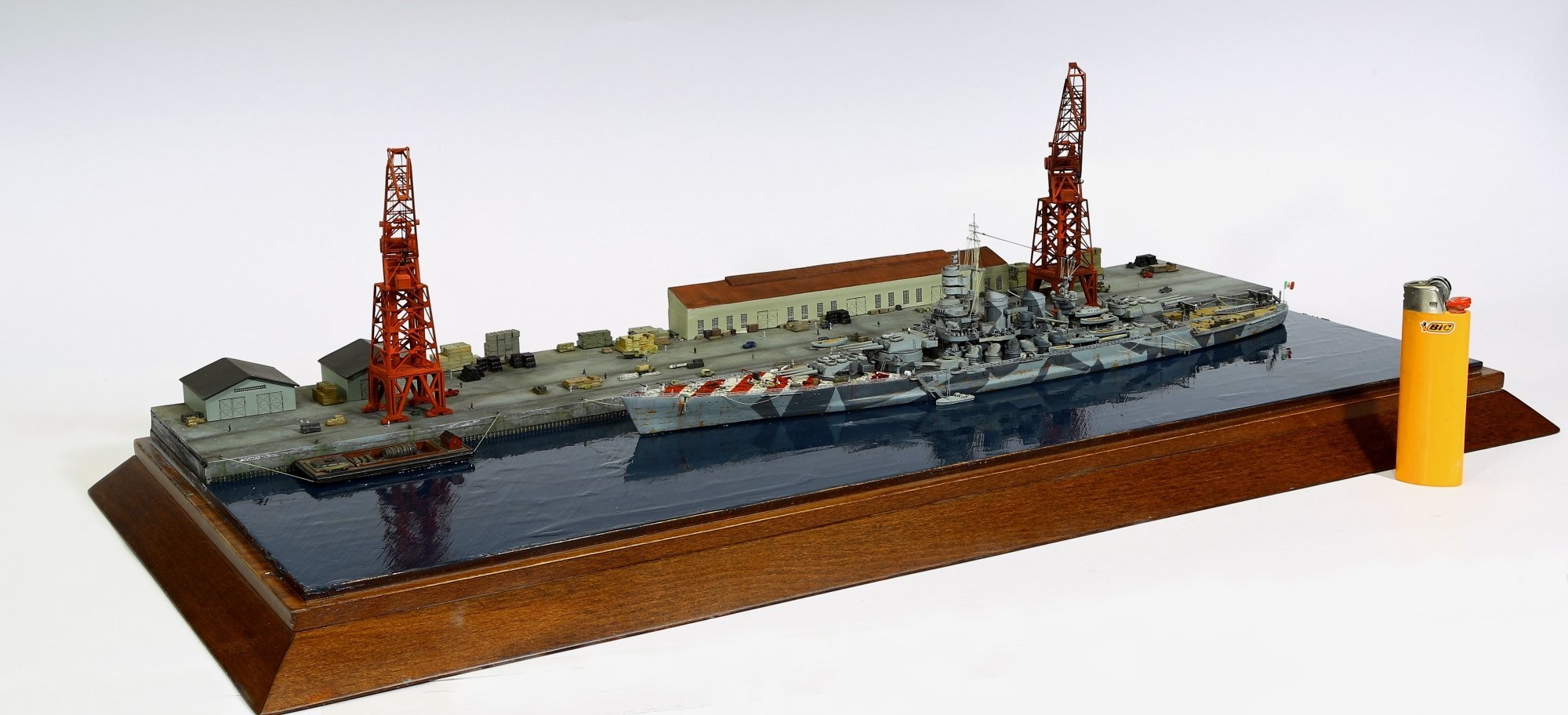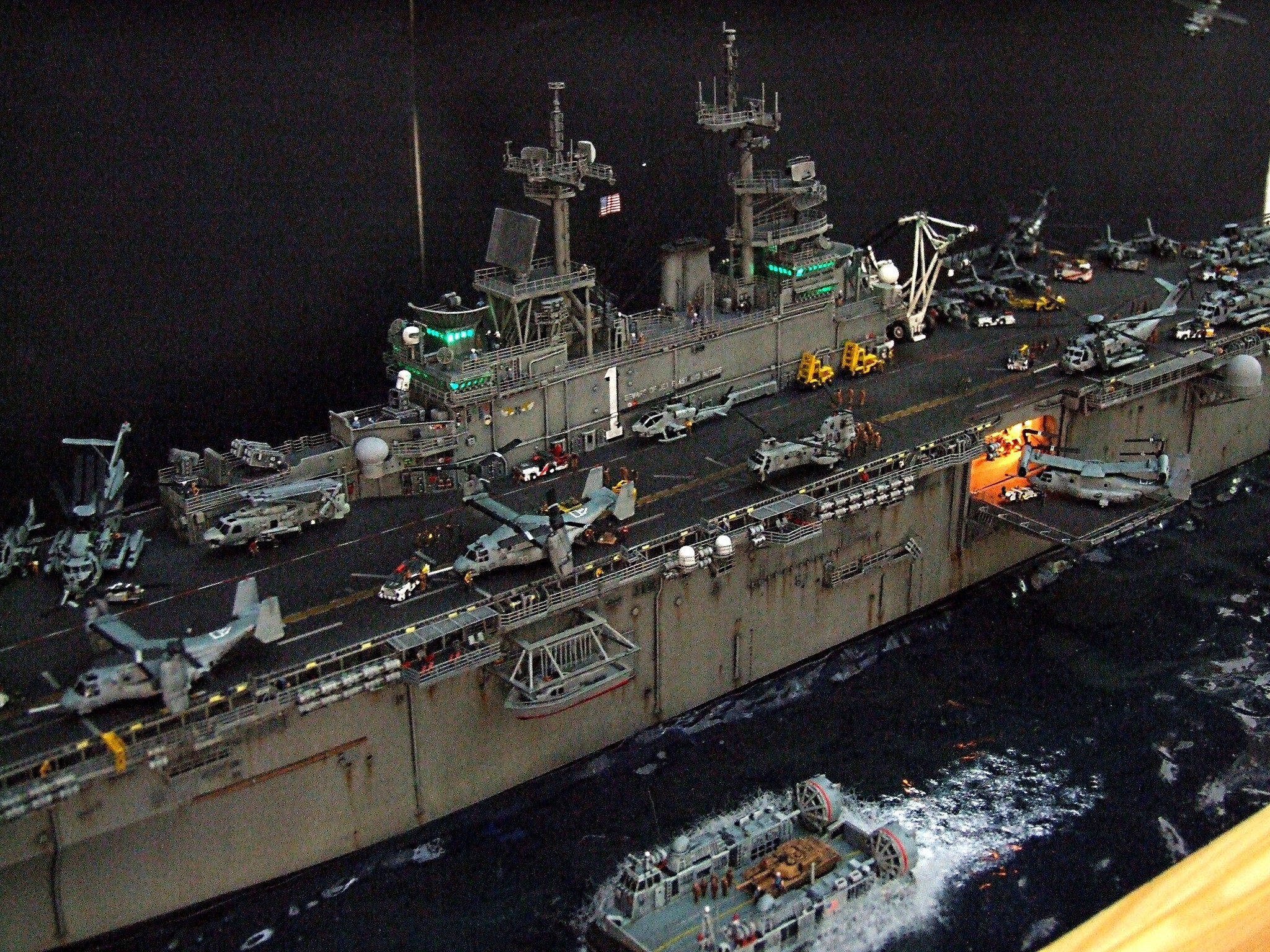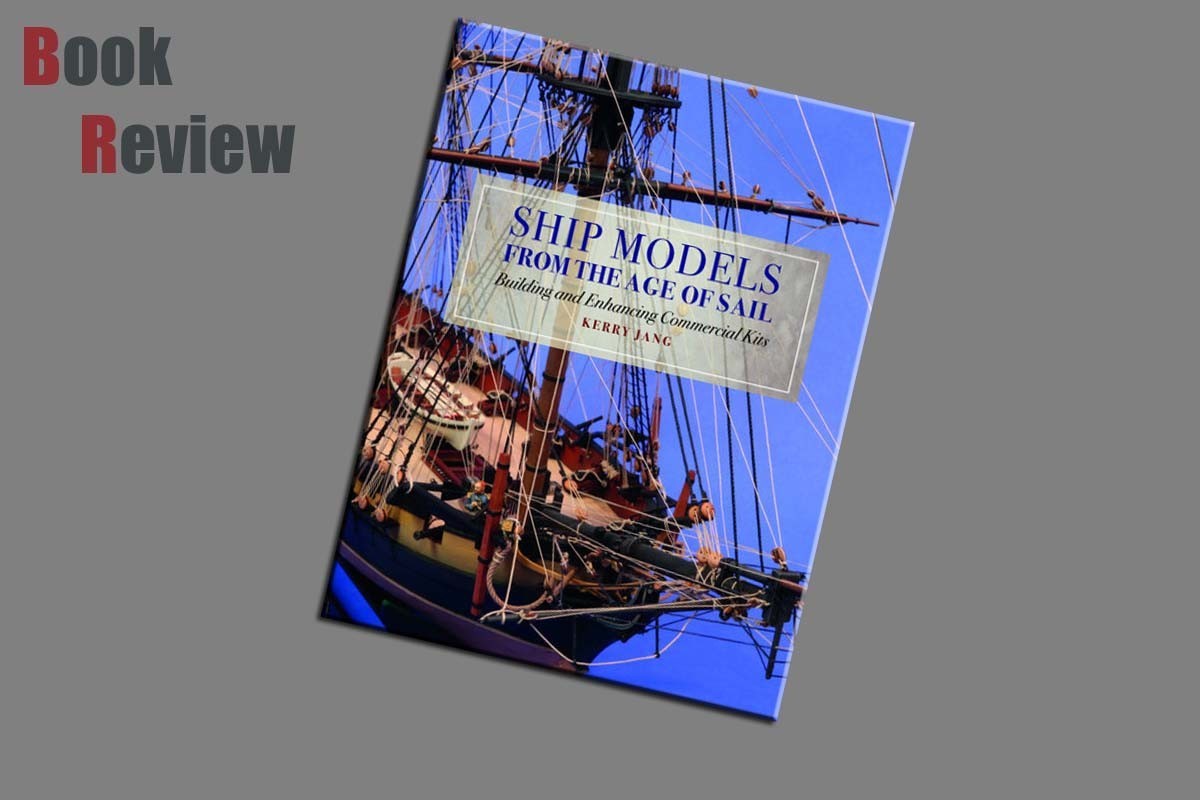
Introduction
The following introduction is taken from the Pen and Sword website:
The vast majority of period ship models are built from kits, usually primarily of wood with some ready-made fittings. Although these commercial offerings have improved significantly in recent years, all of them can be enhanced in accuracy or detail by an experienced model maker. This book, by an expert ship modeler, distils lessons gleaned from a lifetime practicing the hobby to the highest standards, setting out methods of improving basic kits and gradually developing the skills and confidence to tackle the construction of a model from scratch.
Using a variety of kits as the starting point, each chapter demonstrates a technique that can be readily improved or a feature that can be replaced to the advantage of the finished model. Topics include hull planking, representing copper sheathing, many aspects of more accurate masting and rigging, and how to replace kit parts and fittings from scratch. Ultimately, the impact of a period model depends on its accuracy, and the book also provides guidance on plans and references, where to find them and how they are best used.
The plank-on-frame model, sometimes with exposed frames in the Navy Board style, has always been considered the crowning achievement of period ship modeling, and this book concludes with coverage of the very latest kits that put fully framed models within the reach of ordinary mortals. Offering advice, expertise and inspiration, Ship Models from the Age of Sail has something for anyone interested in building a period ship model, whatever their level of skill.
Review
This offering from Sea Forth Publishing and provided courtesy of Pen and Sword, covers an area of model building that in its infancy has been practiced for millennia. French PoWs from Napoleon’s time made boats out of bone and human hair. Fortunately today these are not materials that we have to resort to using. This book authored by Dr Kerry Jang looks at skills and techniques for taking a model provided in kit form and lifting it from the norm to the elite. This is a hard backed book of 176 pages and 500 colour illustrations designed to take the fear of progressing one of these models to its highest level of accuracy.
The contents of this title begins with a preface and acknowledgements, and then the chapters are as follows:
1 The Fun of Ship Models
2 Resources - Research, Kits, semi-kits, timber insets and more
3 Essential Tools
4 Solid Hull Modelling - United States Ship Perry
5 Single plank - on - bulkhead modelling - Cutty Sark
6 Double plank - on - bulkhead modelling - HM Brig Speedy
7 Semi-scratch Double plank - on bulkhead - The 74 - Gun Vangard
8 Plank-on-frame modelling - French Naval Lugger Le Coureur
9 Masts and Yards
10 Standing Rigging
11 Running Rigging
12 Finishing up and Inspiration
At the end of this title, is a section covering recommended references and sources.
In this title by Dr Kerry Jang, you are provided with what I consider to be a logical progression for the modeller who wishes to get the most from their boat models. The section covering the tools of the trade starts with what I would consider to be the mundane requirements, and progresses to tools that I would consider to by luxury additions to your tool kit for someone who is taking the hobby to the highest level.
As I progressed through looking at this book, I found myself learning techniques used for specifically for ship modelling that than be transposed to other areas of the hobby. A good example of this would be the Kagero books that provided cross section diagrams. With this particular book showing you how these cross sections could be used to produce an accurate representation, out of materials such as a solid piece of wood. As indicated in the list of chapters, you will be taught skills and techniques that will make producing ships from these materials, a task of enjoyment rather than one of frustration.
In addition to the skills involved with working with wood and techniques, you are also provided with the skill set for accurate marking up of a vessels hull, and for adding cooper to the hull which was a common practice during a certain periods in history. Also covered is scratch building techniques for making fine details that many products in kit form would not provide.
If like me the aspect of models form the age of sail that scares us most is the rigging. These models have ropes going each and every way and how you ever figure out when you have done them all I will never know. However, what this title does, is show how to make very specific aspects of the rigging and how to actually perform the act of rigging your model. I have one 200th scale multimedia kits of the Bismarck and Hood, and while from a period after that that this book covers, there are lots of skills and techniques that I have garnered from the pages in this title.
Conclusion
If the age of sail is a period that interests you and you wish to represent the vessels of the time, then this title is a book that I feel that everybody can garner information from. In my case I took skills that are covered from vessels of this period for use on World War II vessels, as even today cables are still present in various locations and so rigging is a skill required regardless of the period of ship modelling.
